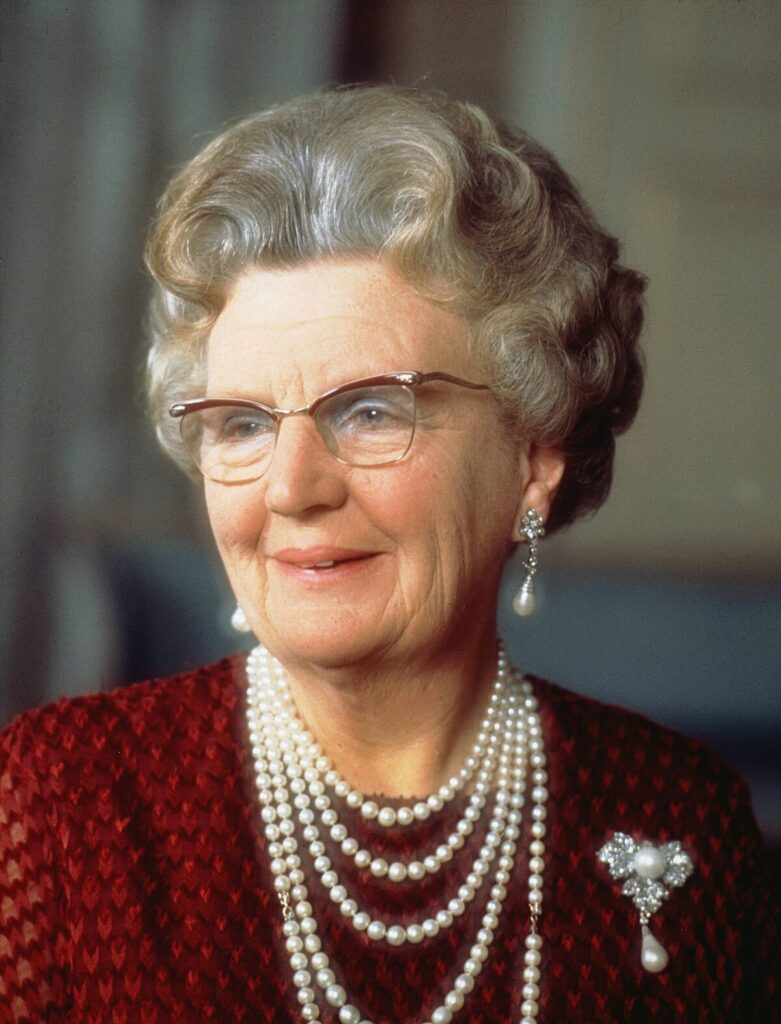The Evolution of Fashion: From Classic to Contemporary
Fashion is an ever-evolving expression of culture, identity, and innovation, and its history reflects the changes in society, technology, and personal style over time Evolution of Fashion. From the intricate garments of the past to the fast-paced, boundary-pushing trends of the present, the evolution of fashion tells the story of how we present ourselves to the world. “The Evolution of Fashion: From Classic to Contemporary” examines the transformation of style across centuries, highlighting key moments, influences, and icons that have shaped the way we dress today Evolution of Fashion.
The Classical Era: Fashion as Social Status
Fashion has always been a marker of social status, and this was particularly true in the classical eras of ancient civilizations. In Egypt, Greece, and Rome, clothing was often a reflection of one’s wealth and position in society. The ancient Egyptians, for instance, wore linen garments, with the quality of the fabric determining the wearer’s rank. Wealthy individuals often adorned themselves with jewelry and headpieces, showcasing their ability to afford luxury items. The Greeks and Romans also wore draped garments, such as the toga and chiton, which were carefully styled to signify social standing Evolution of Fashion.
During the Middle Ages, fashion continued to be a symbol of status. The nobility wore elaborate clothing made from expensive fabrics like velvet, silk, and wool, often decorated with intricate embroidery and fur. The clothing was tightly structured Evolution of Fashion, with men and women both donning layers of garments that often signified their wealth, power, and influence. In contrast, peasants wore simpler, more practical attire made from coarse materials, reflecting their lower social class.
The Renaissance: Fashion Becomes an Art Form
The Renaissance period, beginning in the 14th century, marked a major shift in fashion. As the arts flourished, so did the desire for self-expression through clothing. The wealthy elite began to wear more flamboyant and lavish clothing, including doublets, ruffs, and flowing gowns. The garments were designed to emphasize the shape of the body, showcasing a return to the classical ideals of beauty. This period saw the introduction of corsets, padded shoulders, and intricate lacework, which helped shape the modern understanding of fashion as an art form Evolution of Fashion.
The Renaissance also introduced the idea of tailoring, where garments were specifically made to fit the wearer’s body, rather than being generic pieces of cloth. This personalized approach to fashion paved the way for the more structured, formal styles that would follow in the centuries to come Evolution of Fashion.
The 18th and 19th Centuries: Fashion as a Reflection of Social Change
As the world entered the 18th and 19th centuries, fashion began to reflect broader societal changes. The French Revolution in 1789, for instance, had a profound impact on fashion. In the wake of the revolution, the extravagant courtly styles worn by the aristocracy were abandoned in favor of simpler, more utilitarian clothing. The rise of the Industrial Revolution also played a significant role in shaping fashion during this time. Mass production made clothing more accessible, and new textile technologies allowed for greater experimentation with fabrics and designs Evolution of Fashion.
The 19th century was marked by the rise of haute couture, with fashion houses like Charles Frederick Worth leading the way in creating exclusive, made-to-measure garments for the elite. Fashion during this period was highly structured, with rigid corsets for women and tailored suits for men Evolution of Fashion. The introduction of the sewing machine in the mid-1800s further revolutionized the industry, allowing for more intricate designs and faster production of garments Evolution of Fashion.
The 20th Century: The Birth of Modern Fashion
The 20th century marked a dramatic shift in the world of fashion, with rapid changes in style, culture, and technology. The early 1900s saw the emergence of iconic fashion designers like Coco Chanel, who introduced the concept of casual chic with her revolutionary designs, such as the little black dress and the Chanel suit. These pieces not only redefined the way women dressed but also challenged traditional gender norms in fashion.
The 1920s, often referred to as the “Roaring Twenties,” brought about a shift toward more relaxed, androgynous styles, epitomized by flapper dresses and bobbed hair. The fashion of the time mirrored the social changes brought on by women’s suffrage, the rise of jazz, and a desire for freedom and liberation. In the post-World War II era, designers like Christian Dior and Yves Saint Laurent reshaped fashion once again with the introduction of elegant, feminine silhouettes and the famous “New Look.”
The latter half of the 20th century saw the rise of street fashion, youth subcultures, and the democratization of style. The 1960s and 1970s brought us the hippie movement, bell-bottoms, and psychedelic prints, while the 1980s saw the emergence of bold, power-dressing trends influenced by figures like Princess Diana and the supermodels of the time. The 1990s, with its minimalist approach, saw the dominance of designers like Calvin Klein and the rise of grunge fashion, which was heavily influenced by music and youth culture Evolution of Fashion.
Contemporary Fashion: Innovation Meets Individuality
In today’s fast-paced fashion world, trends are constantly shifting, and the lines between haute couture, street style, and mass-market fashion are increasingly blurred. Designers like Virgil Abloh, Alexander Wang, and Raf Simons have continued to push the boundaries of fashion, blending high fashion with streetwear and creating a global, inclusive fashion culture. Fashion has become more accessible and diverse than ever, with social media platforms like Instagram and TikTok allowing individuals to showcase their unique style and inspire millions.
Sustainability has also become a central focus of contemporary fashion, with designers and brands seeking ways to reduce their environmental impact. The rise of “slow fashion” movements and the growing demand for ethical production practices have challenged the industry to reconsider its methods of manufacturing, consumption, and disposal.
In conclusion, the evolution of fashion is a reflection of the ever-changing world around us. From the opulent garments of the past to the cutting-edge, inclusive designs of today, fashion continues to evolve as a powerful means of expression, creativity, and cultural identity.




















